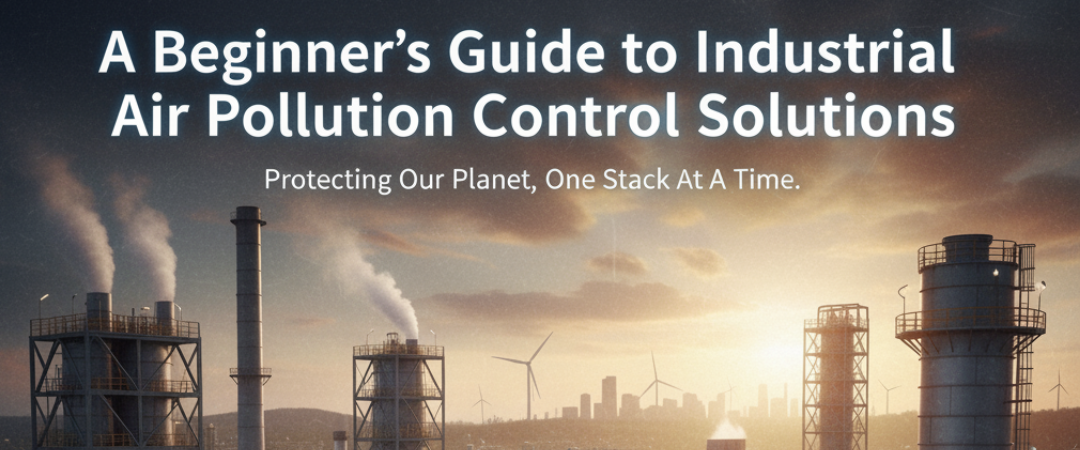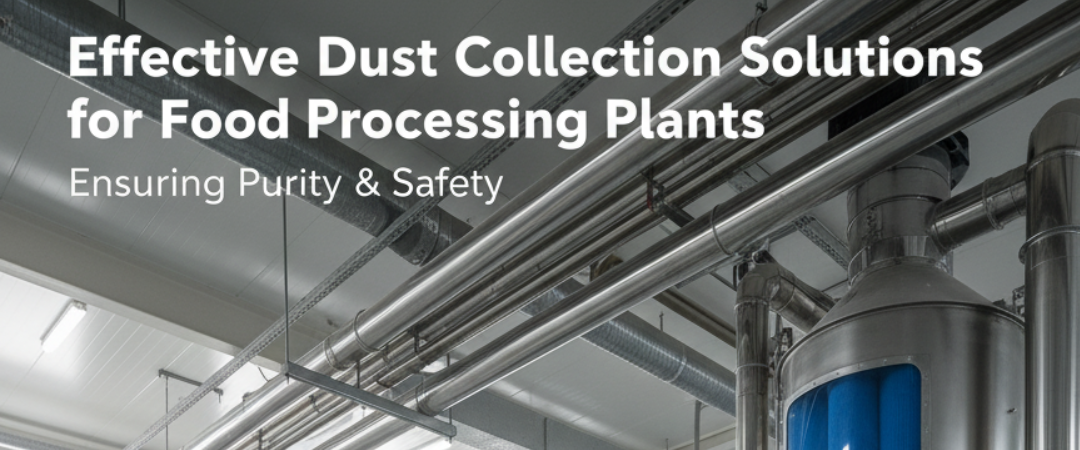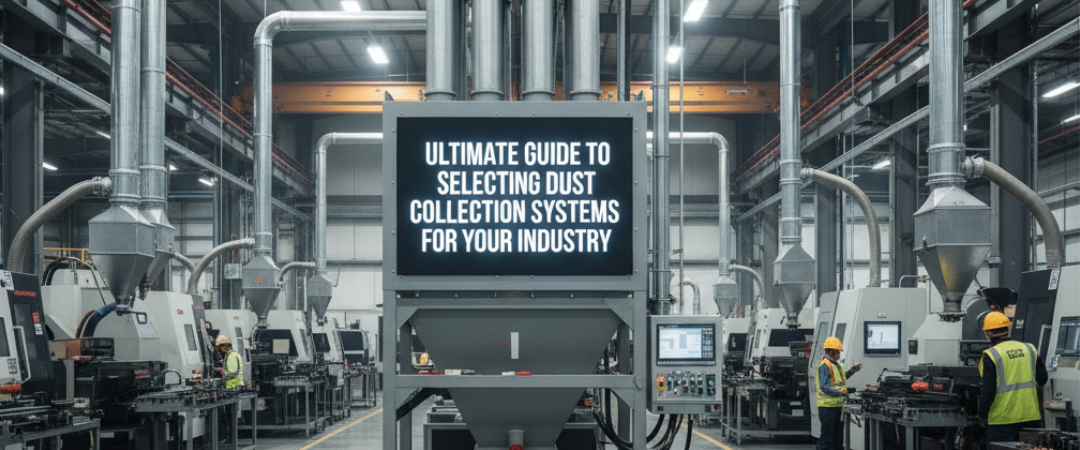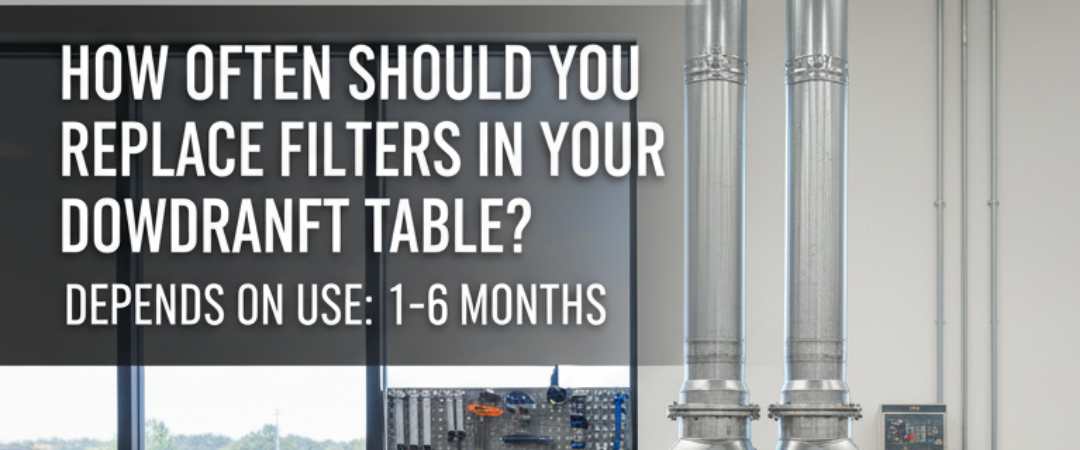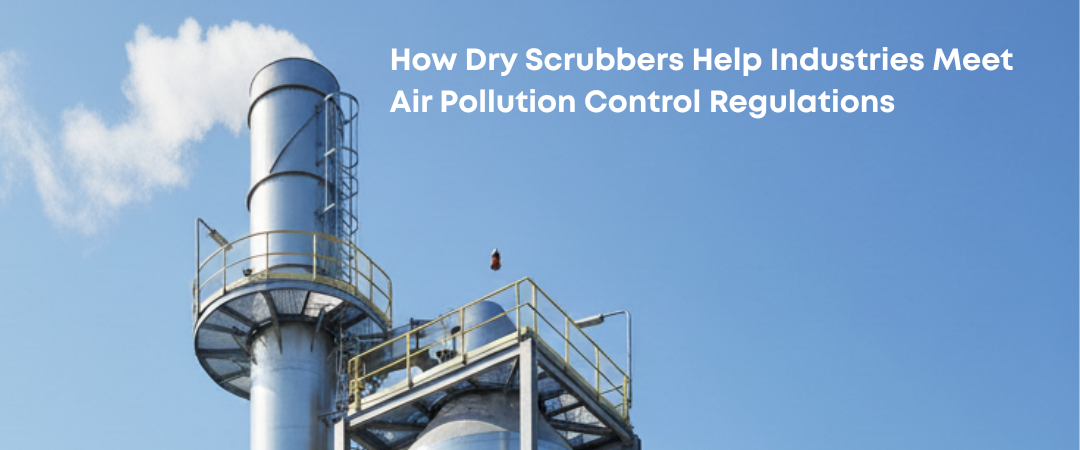A Beginner’s Guide to Industrial Air Pollution Control Solutions
Industrial growth has boosted living standards but also increased air pollution from factories and power plants. To reduce environmental and health risks, industries use advanced pollution control systems that capture and neutralize harmful emissions before release.
Read MoreIndustrial Growth and the Rising Challenge of Air Pollution
Industrial development has improved living standards and fueled economic growth, but it has also created one of the most pressing challenges of our time—air pollution. Manufacturing plants, chemical factories, and power stations release harmful gases, dust, and particulate matter into the atmosphere, which, if left untreated, can cause severe environmental damage and health risks. To combat this, industries rely on advanced air pollution control solutions that capture, filter, and neutralize pollutants before they are released into the environment.
Types of Industrial Air Pollution Control Solutions
Air pollution control solutions come in many forms, each designed to handle different types of contaminants. Dust collectors, for example, are widely used in cement plants and woodworking industries to remove fine particles, while wet scrubbers use liquid sprays to capture gases, fumes, and dust from processes in chemical and metal industries. Dry scrubbers, on the other hand, neutralize harmful gases such as sulfur dioxide and hydrogen chloride without using liquid, making them ideal for industries where water use is limited. Electrostatic precipitators are another common solution, using electric charges to trap extremely fine particles, while activated carbon filters effectively absorb odors and volatile organic compounds, ensuring cleaner and safer air quality.
Why Industries Must Invest in Pollution Control
For industries, investing in air pollution control is not just about compliance with government regulations but also about protecting worker health, safeguarding the environment, and building a strong brand reputation. Companies that adopt sustainable practices and integrate pollution control equipment demonstrate social responsibility and gain customer trust. The choice of system depends largely on the type of industry and pollutants involved. For instance, cement plants often rely heavily on dust collectors, while chemical factories make use of wet scrubbers to manage toxic gases, and food processing units typically invest in odor control systems to maintain a safe and pleasant environment.
Building a Cleaner and Sustainable Future with Pollution Control
As awareness of environmental protection grows, adopting the right pollution control solution has become a necessity rather than an option. With the support of expert manufacturers and the right technology, industries can reduce emissions, meet stringent standards, and contribute to a cleaner, healthier future. For beginners exploring this field, understanding the basics of pollution control is the first step toward building sustainable operations and reducing the impact of industrial growth on our planet.

